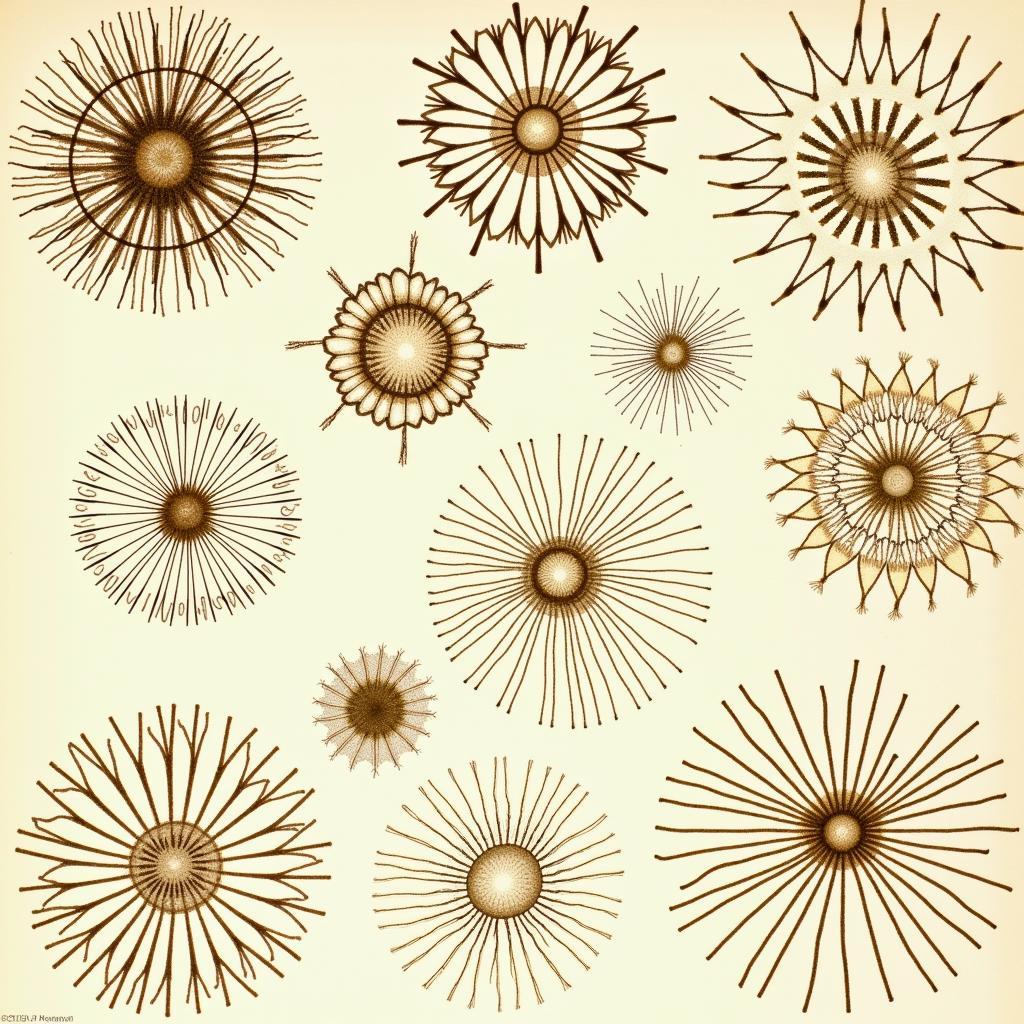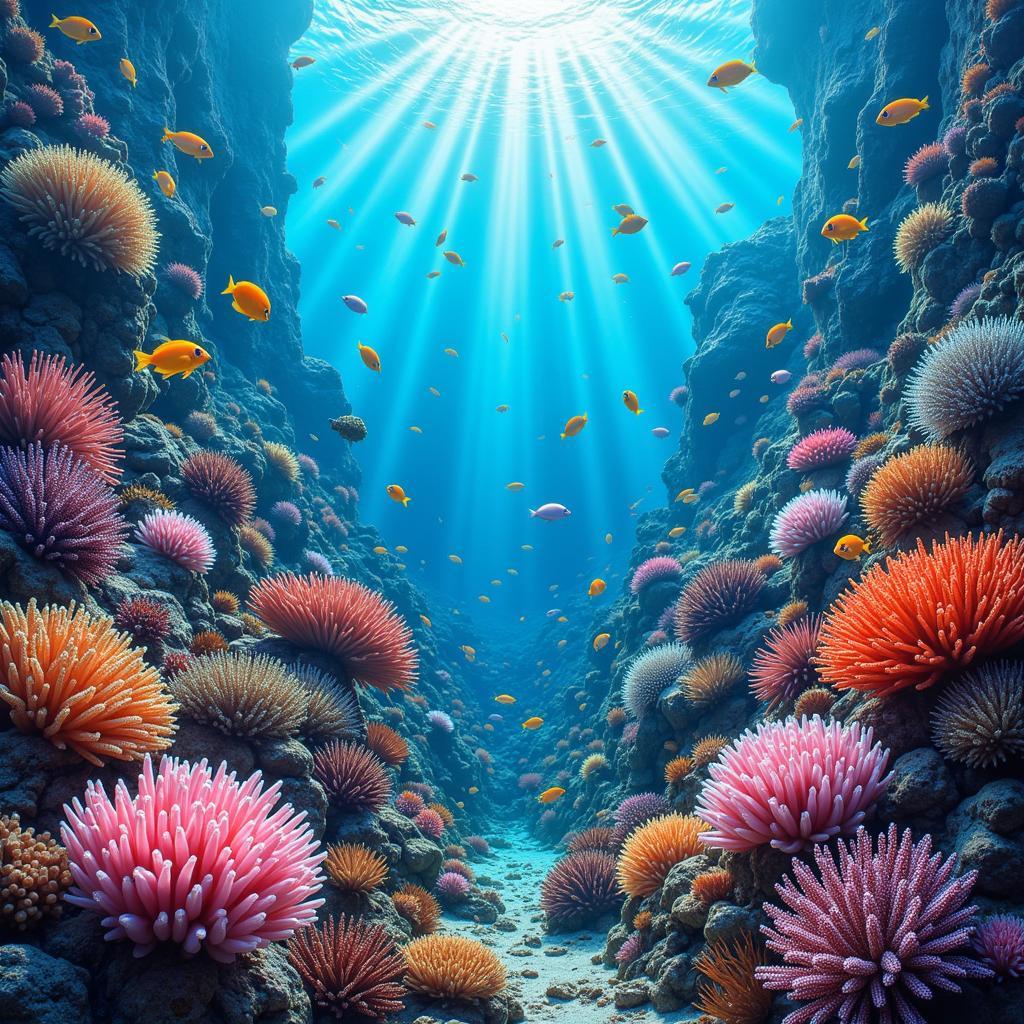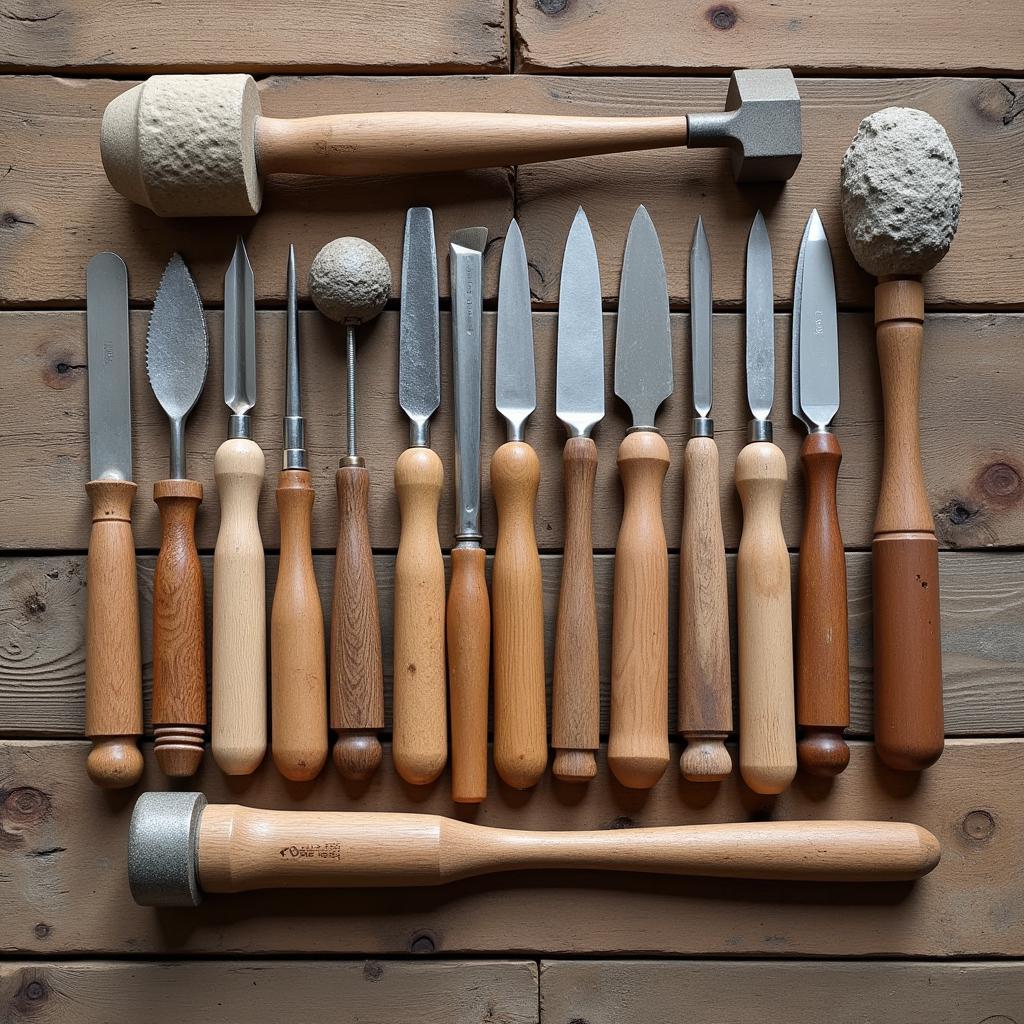Exploring the World of Italian Abstract Art
Italian Abstract Art emerged in the early 20th century, fueled by a desire to break free from traditional artistic conventions and explore new modes of visual expression. This movement, deeply rooted in Italy’s rich artistic heritage, gave birth to a captivating array of styles and techniques that continue to inspire and challenge viewers today.
The Rise of Abstraction in Italy
Italy’s journey into abstraction was marked by a fascinating interplay of avant-garde movements like Futurism, which celebrated dynamism and technology, and metaphysical art, known for its dreamlike atmospheres. Artists began to experiment with geometric forms, bold colors, and non-representational compositions, seeking to convey emotions and ideas beyond the literal depiction of reality.
One pivotal figure in this shift was Umberto Boccioni, a key figure in Futurism. His sculptures, like “Unique Forms of Continuity in Space,” captured the essence of motion and change, while his paintings explored the interplay of light, color, and form in abstract ways.
Key Movements and Artists in Italian Abstract Art
Several distinct movements contributed to the rich tapestry of Italian abstract art.
Futurism
This movement, embracing technology and modernity, significantly impacted the development of abstract art in Italy. Artists like Giacomo Balla and Gino Severini utilized fragmented forms and diagonal lines to capture the dynamism of the modern world. Their works often depicted movement, speed, and the vibrancy of urban life.
Spatialism
Pioneered by Lucio Fontana, Spatialism sought to transcend the traditional boundaries of painting. Fontana’s iconic slashed canvases, known as “Concetto Spaziale” (Spatial Concept), challenged the two-dimensionality of the canvas, creating a physical and conceptual dialogue between the artwork and the space around it.
Arte Povera
Emerging in the 1960s, Arte Povera, meaning “poor art,” rejected the commercialization of art, favoring everyday materials and simple forms. Artists like Michelangelo Pistoletto and Jannis Kounellis incorporated materials like rags, wood, and soil into their installations and sculptures, emphasizing the intrinsic qualities of these materials and their ability to evoke profound artistic experiences.
The Legacy of Italian Abstract Art
The influence of Italian abstract art continues to resonate within contemporary art practices. Its spirit of innovation, exploration of new materials, and engagement with social and political themes remain relevant and inspiring for artists across the globe.
From the pioneering works of the Futurists to the thought-provoking creations of Arte Povera, Italian abstract art stands as a testament to the power of artistic vision and the enduring search for new forms of visual language.
Exploring Italian Abstract Art Further
If you’re eager to delve deeper into this captivating art form, consider exploring:
- Museum Collections: Many museums worldwide, including the Peggy Guggenheim Collection in Venice and the Museo del Novecento in Milan, house significant collections of Italian abstract art.
- Abstract italian art: Discover a curated selection of abstract Italian art online, offering insights into various artists and movements.
- Canvas wall art italy: Bring the beauty of Italian abstract art into your home with stunning canvas prints.
Italian abstract art invites us to look beyond the surface, to engage with emotions, ideas, and the very essence of visual perception. It’s a journey of discovery, offering endless possibilities for interpretation and appreciation.
Frequently Asked Questions About Italian Abstract Art
1. What are the defining characteristics of Italian abstract art?
Italian abstract art is characterized by its dynamism, bold use of color, and exploration of geometric and non-representational forms. It often reflects the influence of Italian Futurism, Spatialism, and Arte Povera movements.
2. What is the significance of Lucio Fontana’s slashed canvases?
Fontana’s slashed canvases, or “Concetto Spaziale,” challenged the traditional notion of painting as a two-dimensional medium. By physically cutting into the canvas, he sought to create a dialogue between the artwork and the surrounding space, blurring the boundaries between art and reality.
3. How did Arte Povera contribute to Italian abstract art?
Arte Povera emerged as a reaction against the commercialization of art, emphasizing the use of everyday materials and simple forms. Artists associated with this movement incorporated materials like wood, soil, and rags into their works, highlighting the intrinsic qualities of these materials and their ability to evoke profound artistic experiences.
4. Where can I see Italian abstract art in person?
Many museums worldwide house significant collections of Italian abstract art. Some notable institutions include the Peggy Guggenheim Collection in Venice, the Museo del Novecento in Milan, and the Museum of Modern Art (MoMA) in New York City.
5. What is the legacy of Italian abstract art today?
Italian abstract art continues to influence contemporary art practices. Its emphasis on innovation, exploration of new materials, and engagement with social and political themes remains relevant and inspiring for artists worldwide.
Need help exploring the world of art? Contact us at Phone Number: 02462573573, Email: [email protected], or visit us at Savico Megamall, 7-9 Đ. Nguyễn Văn Linh, Gia Thụy, Long Biên, Hà Nội 10000, Việt Nam. We have a dedicated customer support team available 24/7. You might also find these resources helpful:
- art vocabulary word search answers: Expand your art vocabulary.
- aperol spritz art: Discover a unique perspective on art inspired by Italian culture.
- wall art mediterranean: Explore art inspired by the beauty of the Mediterranean region.




